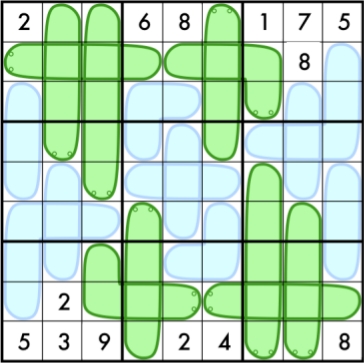Reductionist Doubts, by Julian Barbour. Because the name of the author - winner of the first contest - excites me.
Revising the Topology of the Earth, by Peter Wamai Wanjohi. Because it's the only recognizably African (it's Kenyan) author name I found among the hundred-or-so submissions.
The biographies are interesting too.
This is Barbour's: "After completing a PhD in theoretical physics, I became an independent researcher to avoid the publish-or-perish syndrome. For 45 years I have worked on the nature of time, motion, and the quantum theory of the universe. I am the author of two books: The Discovery of Dynamics and The End of Time, in which I argue that time is an illusion. Details of my research work are given at my website platonia.com. Since 2008 I have been a Visiting Professor at the University of Oxford."
And this is Wanjohi's: "did advanced level physics but is a health professional specializing in community health and development .Works with the government and development partners. As a freelance physicist, he is a published researcher. His wish is top see a public well knowledgeable of their physical, biological and chemical environments."
The contrast is typical; there isn't a market for "advanced-level physics" in Nigeria.
 |
| Drawing by physicist Setthivoine You |
In addition to the essays by Barbour and Wanjohi, I'll try to read the top-four essays so ranked by reviewers (the public):
Black holes or anything else? by Christian Corda
Nature has no faithful mathematical representation by Roger Schlafly
On the Foundational Assumptions of Modern Physics by Benjamin F. Dribus
Patterns in the Fabric of Nature by Steven Weinstein
Anyway, here are the past top essays, I've studied all three. One of them - Stardrives and Spinoza - is so exciting that I may write a short-story inspired by its future-world soon.
2011 - Is Reality Digital or Analog? by Jarmo Makela
2009 - Stardrives and Spinoza by Louis Crane, answering the question: What's Ultimately Possible in Physics?
2008 - The Nature of Time by Julian Barbour
One day, maybe I'll explain the joys and cares of "hyperspecialization and the money to build stuff" in the West, versus "low infrastructure levels, and the freedom to build stuff" out here in the tropics.
Well, it looks like I have already written several research-related posts on my personal blog. The story starts in 2005 with "The California Institute of Science: I am despondent. In the past years, I have observed - science, research, and the labours thereof. I have discovered no new science. I have built no new machine. I'm more than two-thirds of the way to my PhD. However, I can now give an expert report on how scientists do what they do." to this year with "There's no i in research." I now have a math blog even (you're on it.) Full circle?












